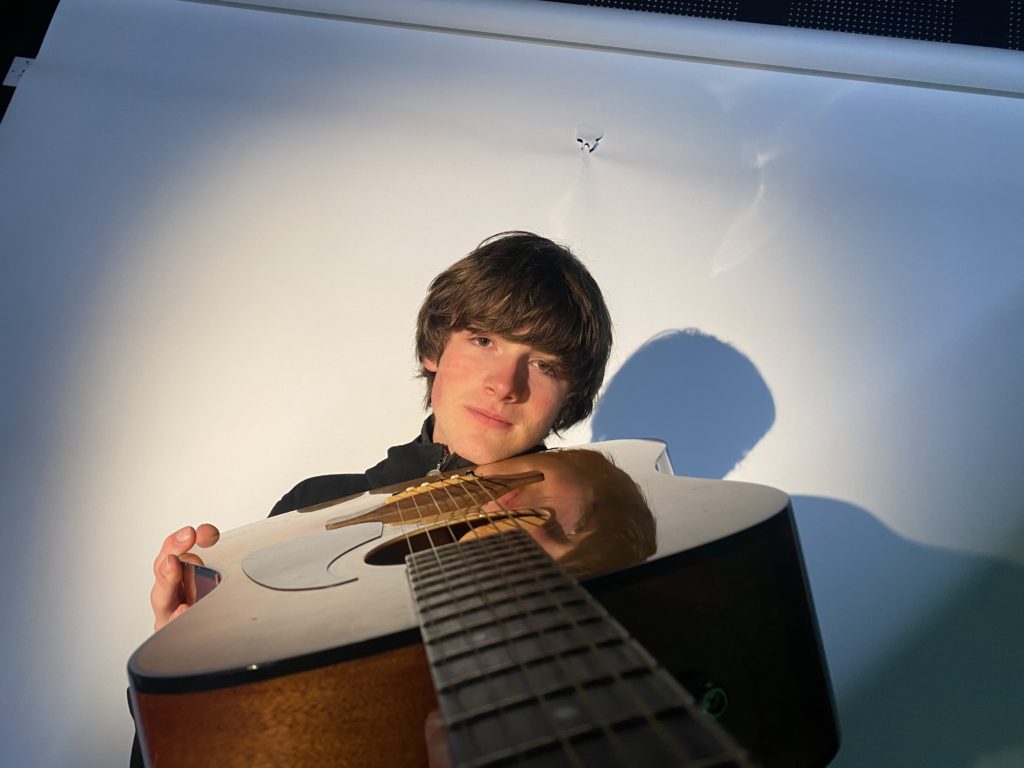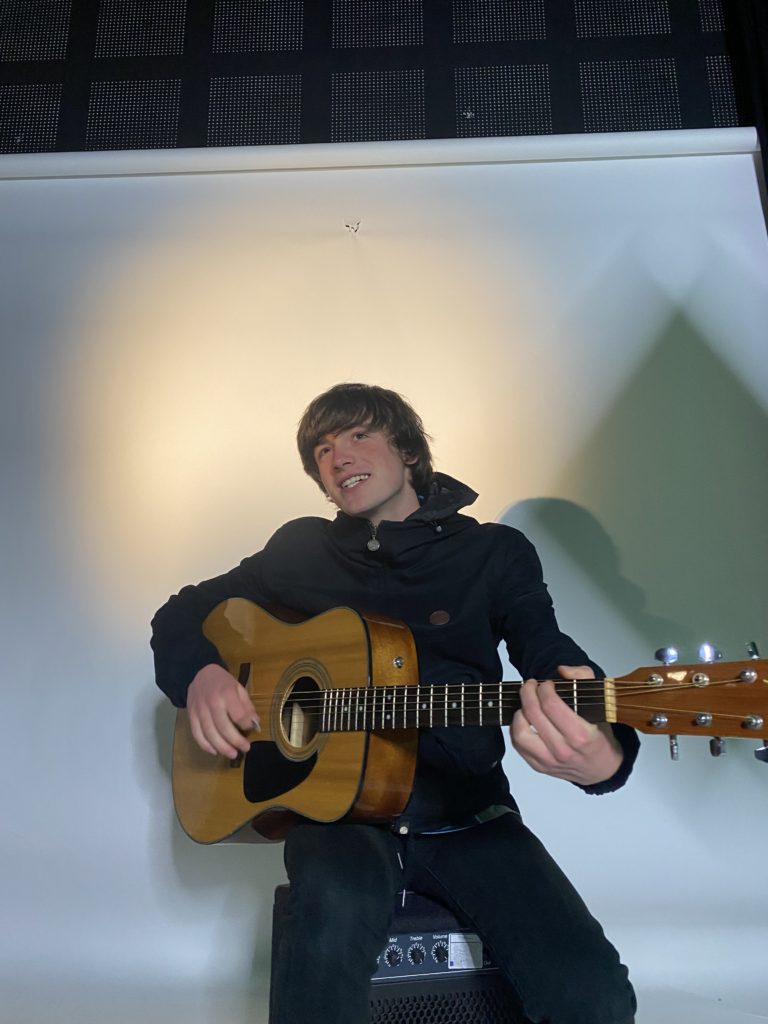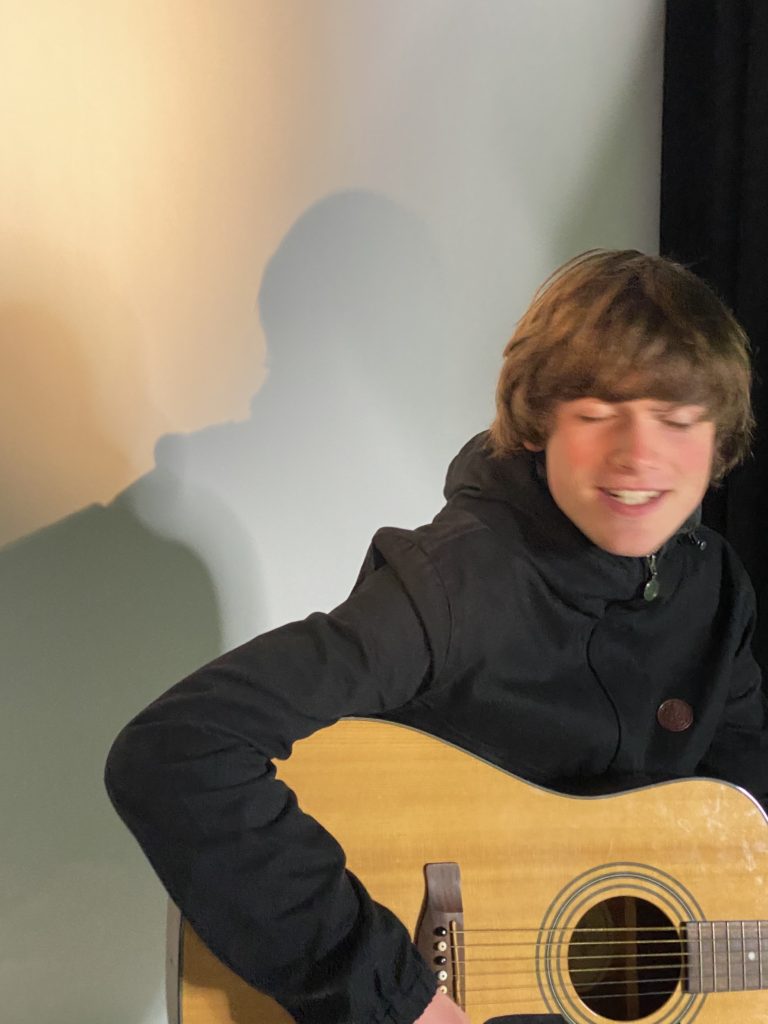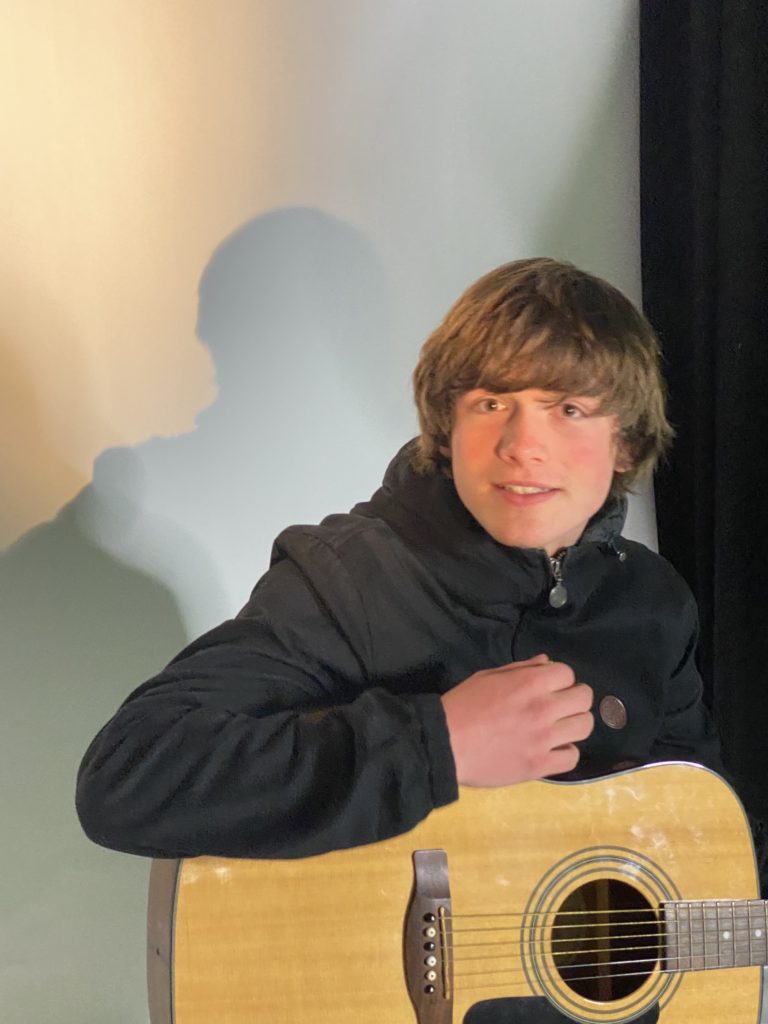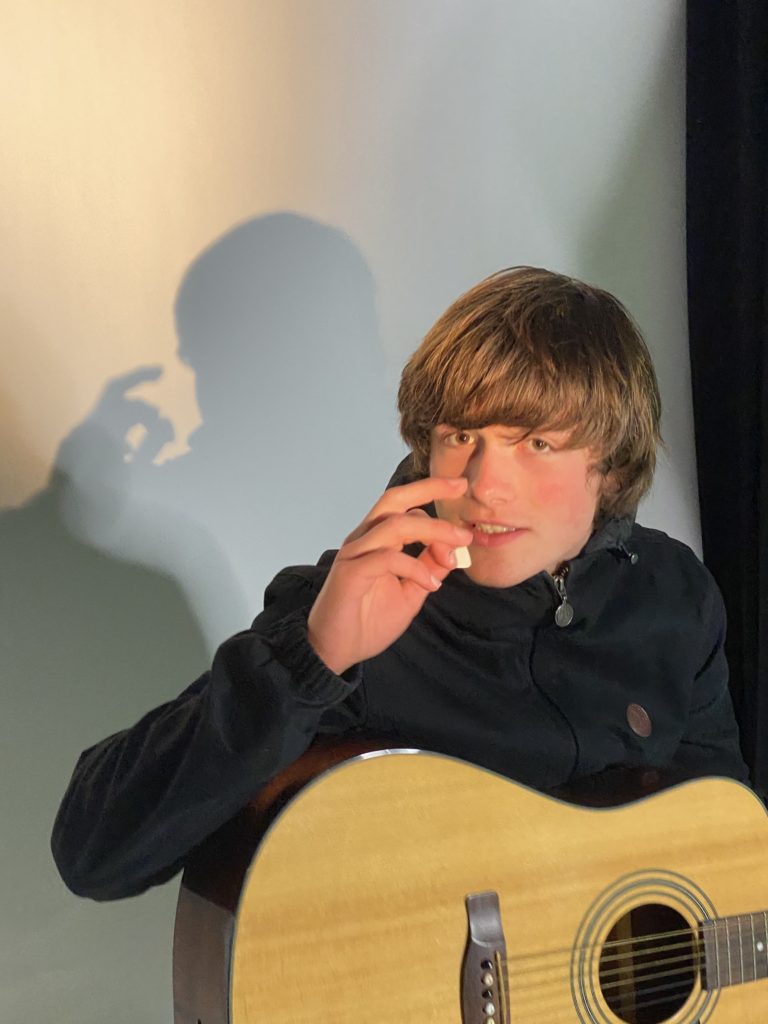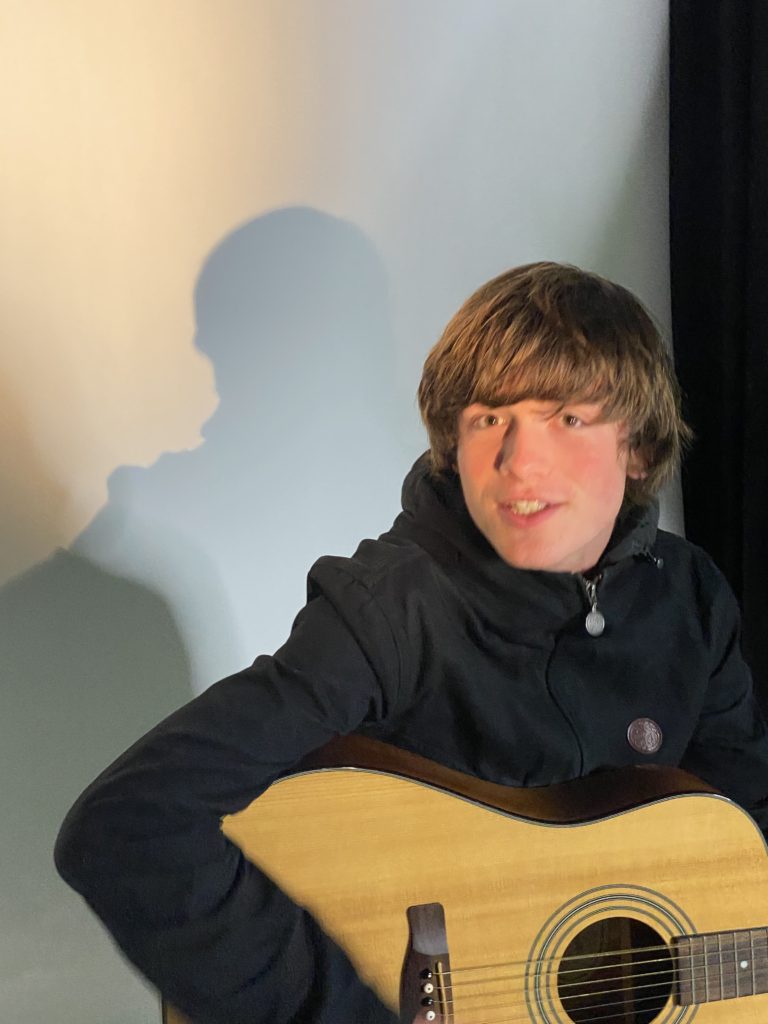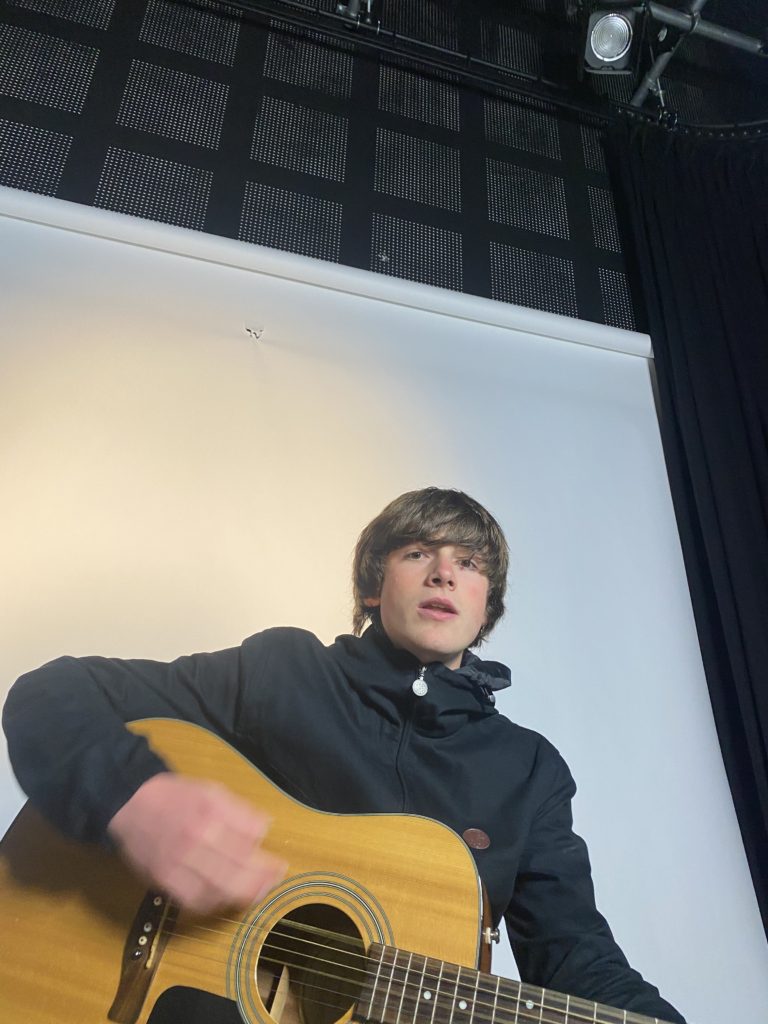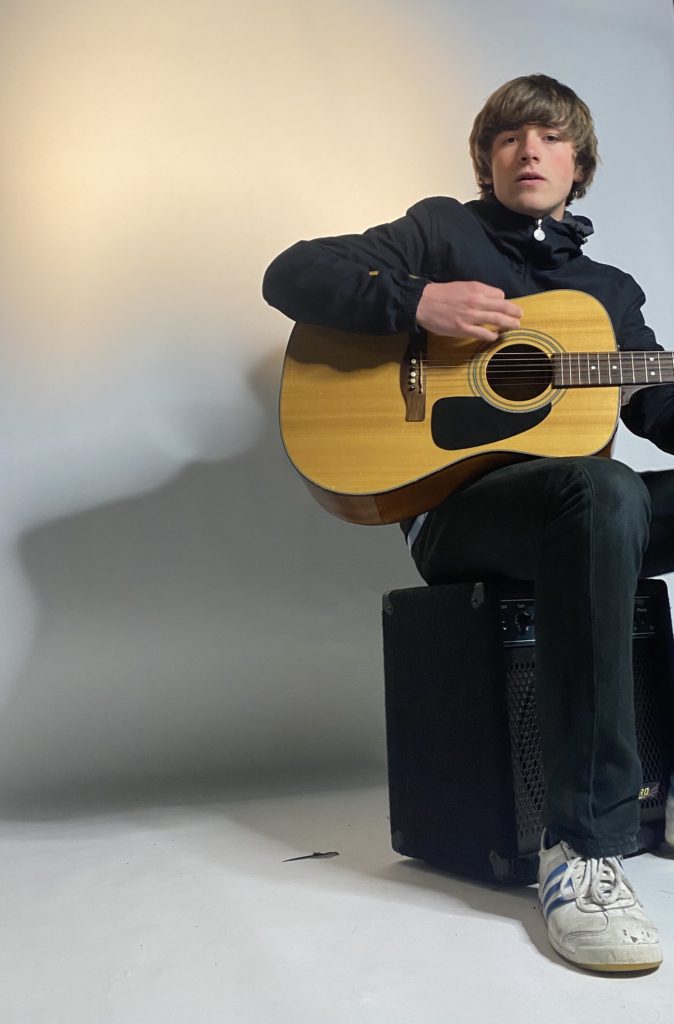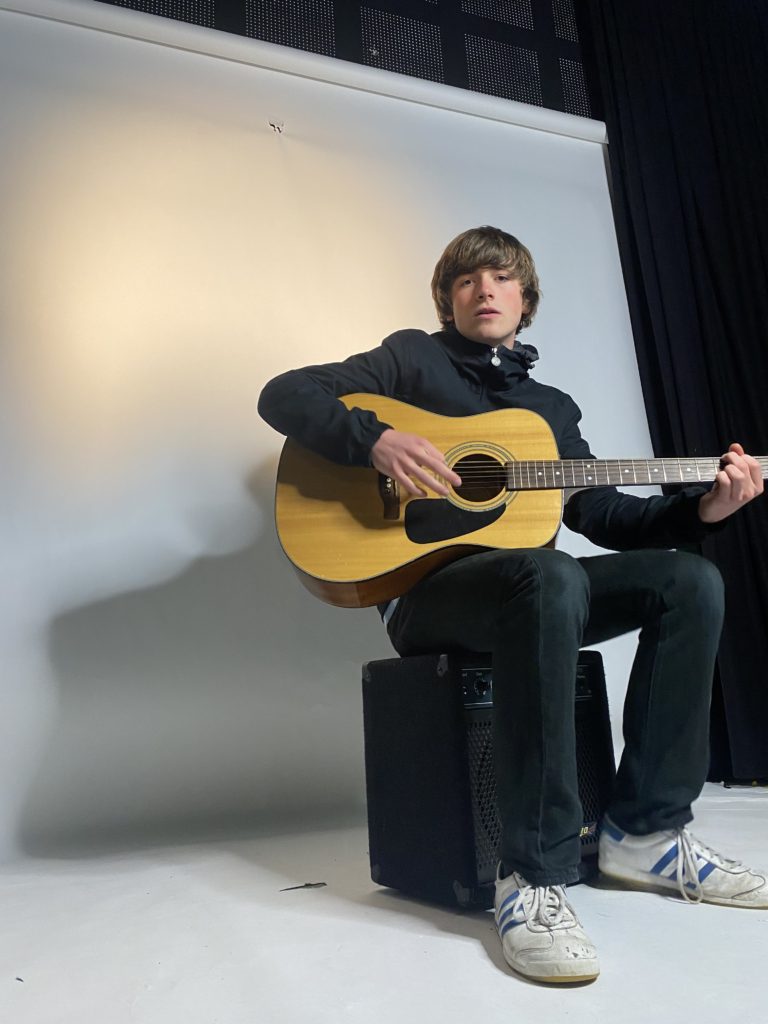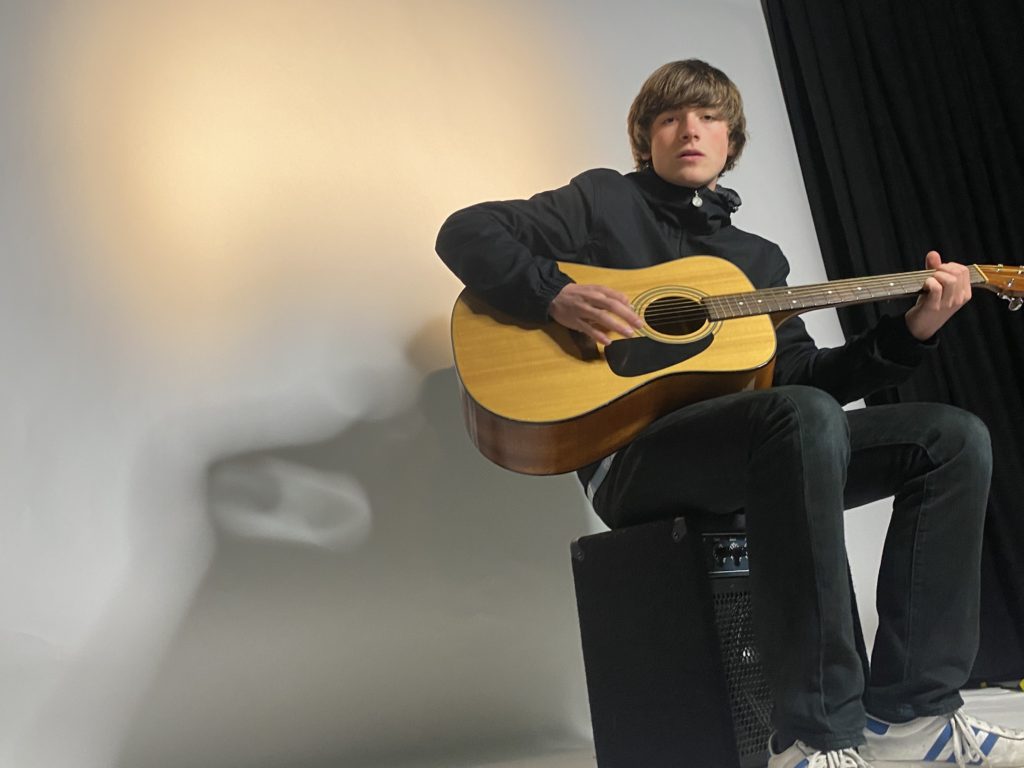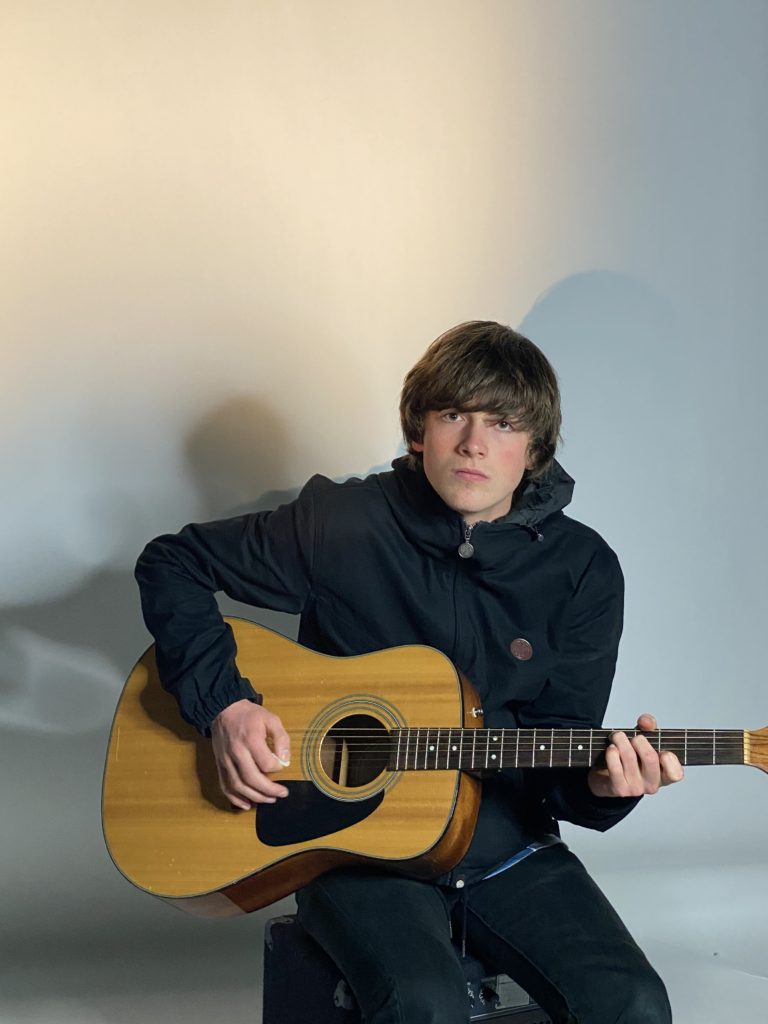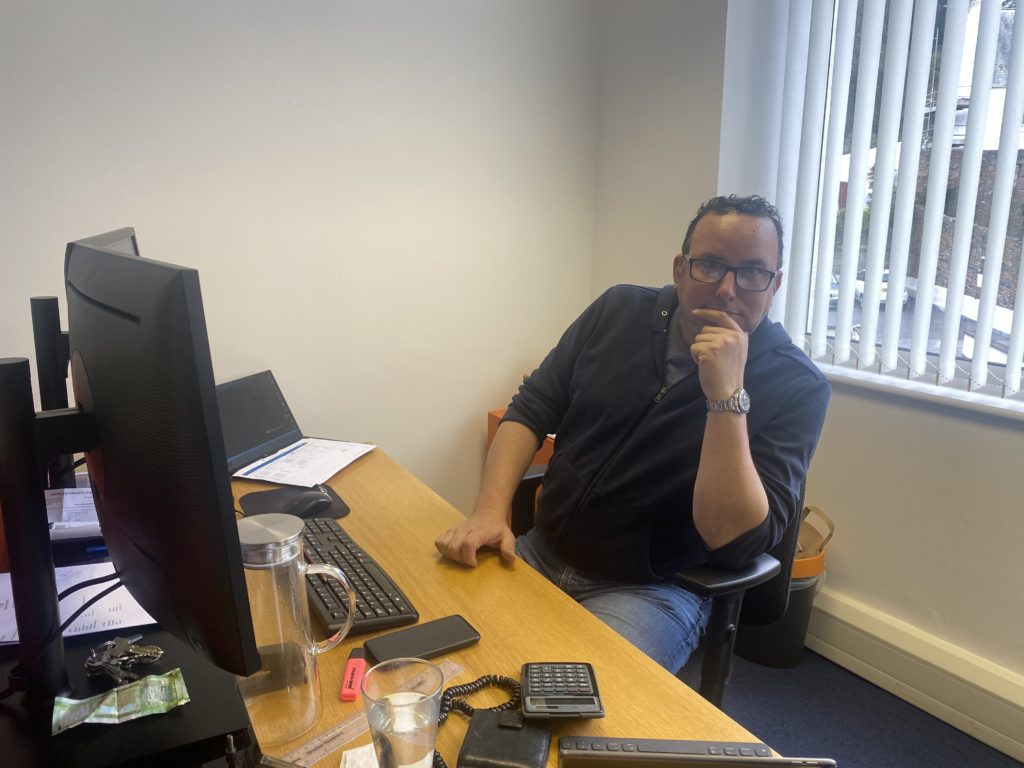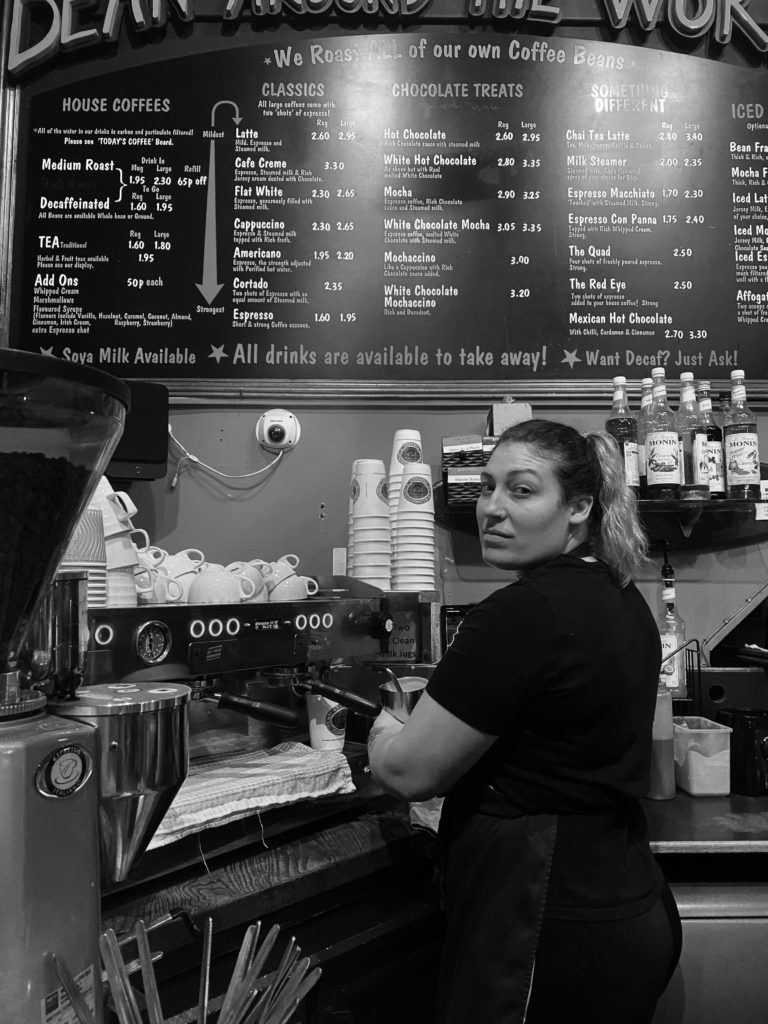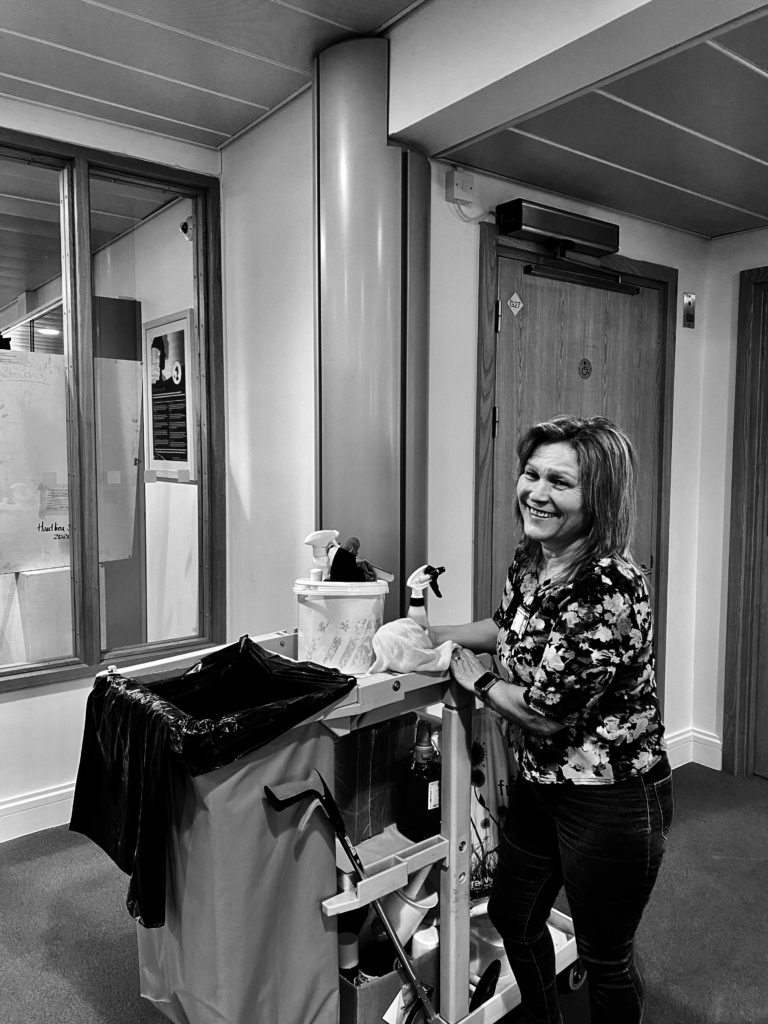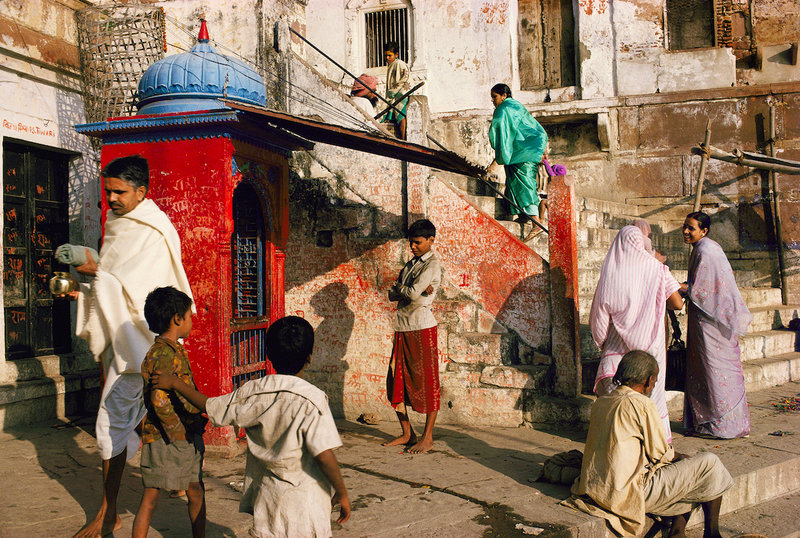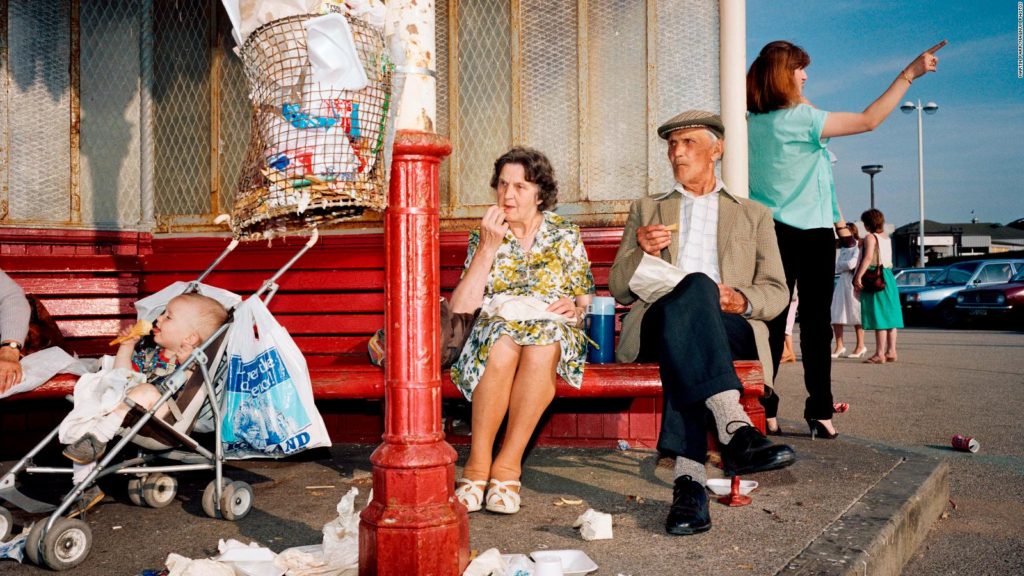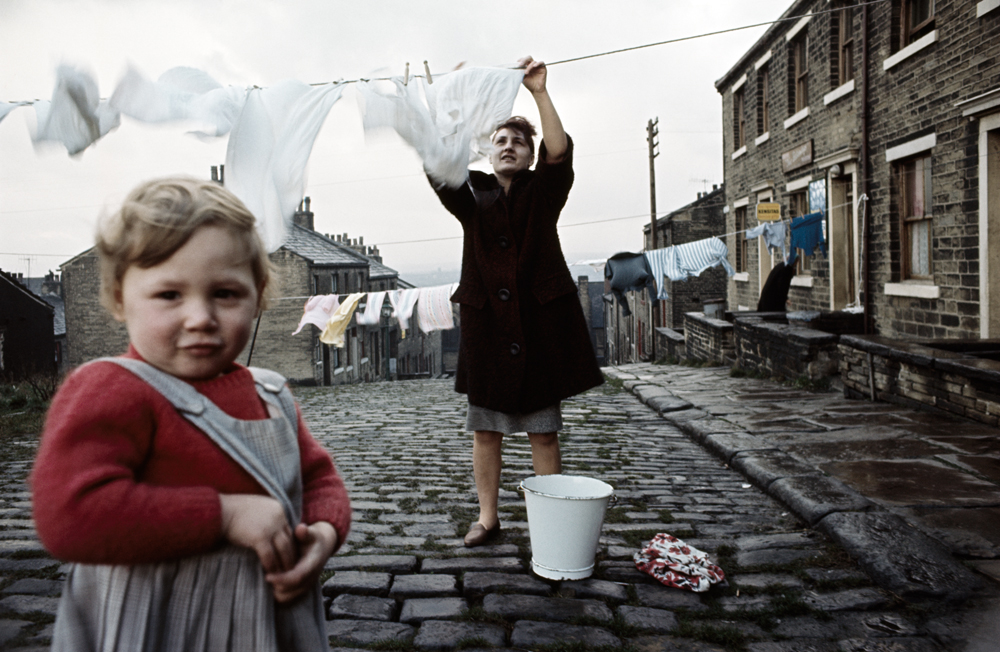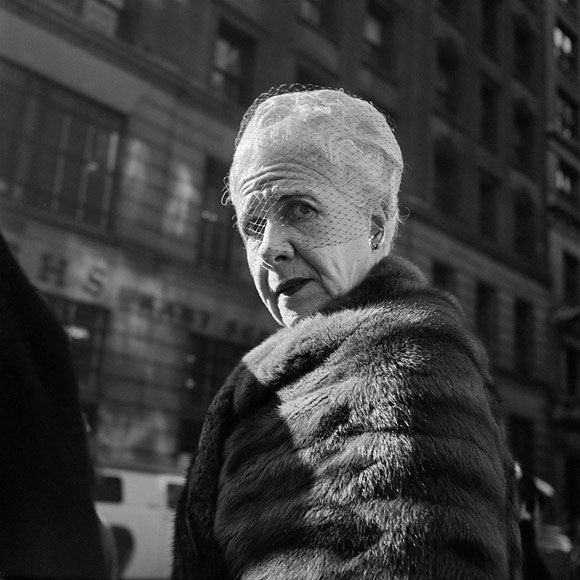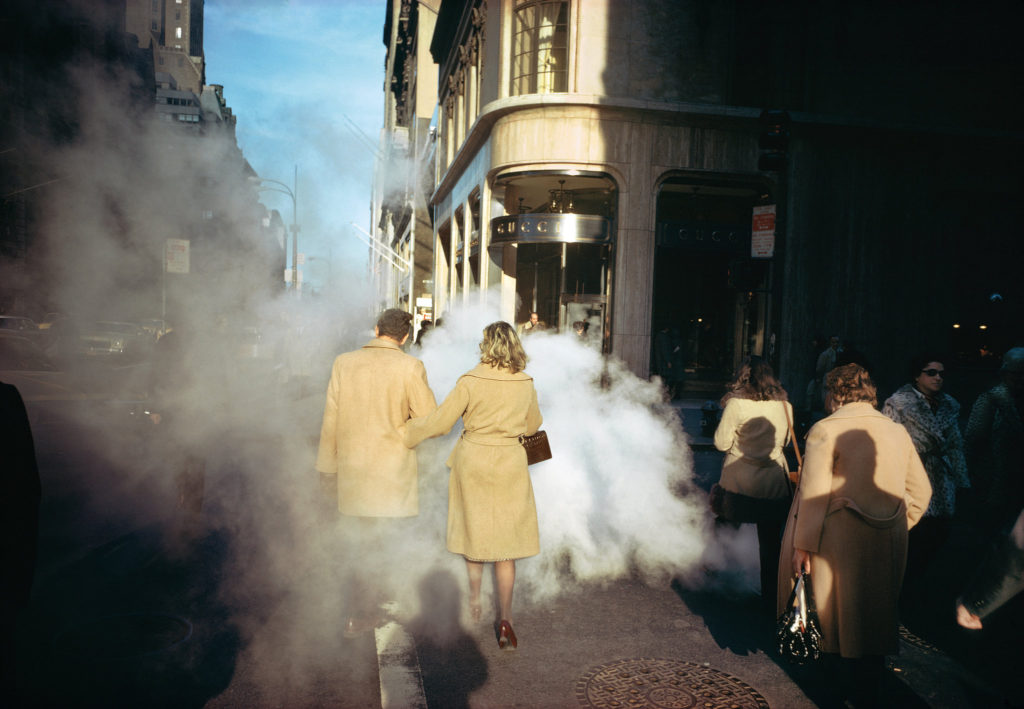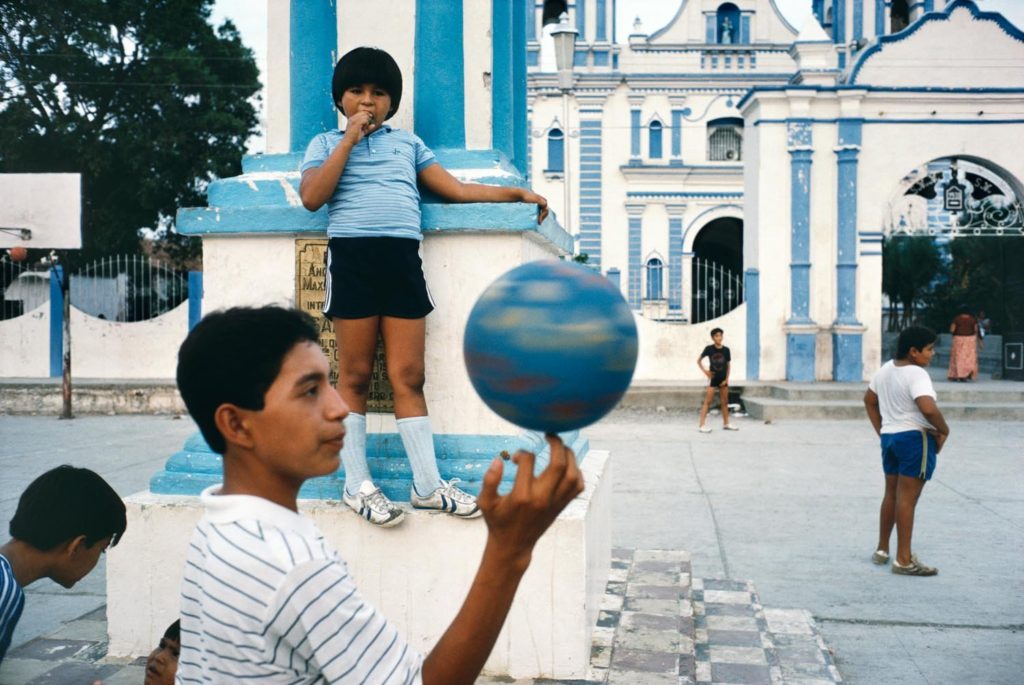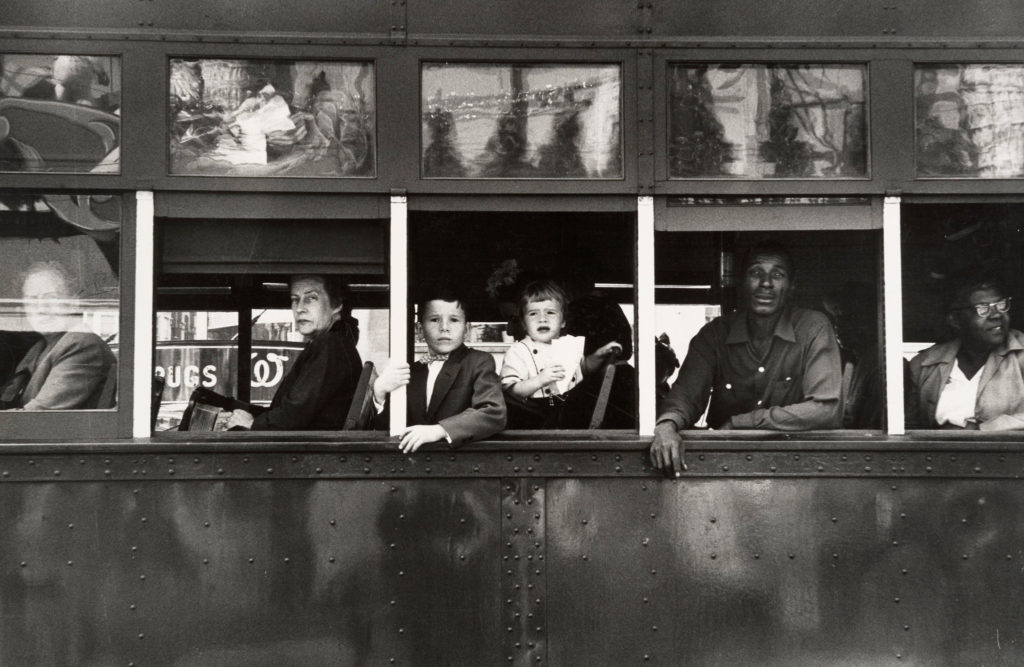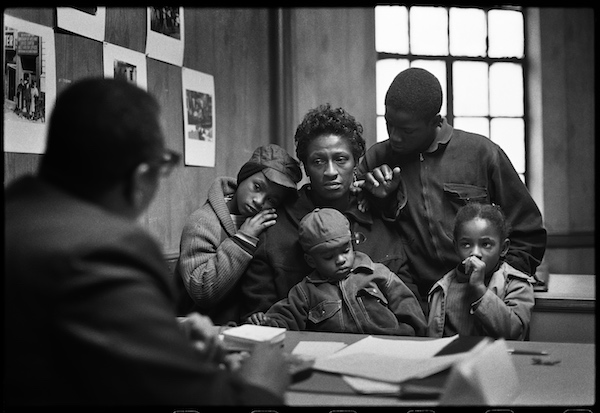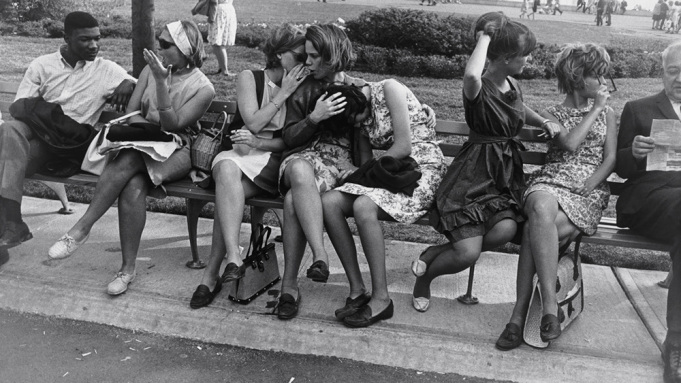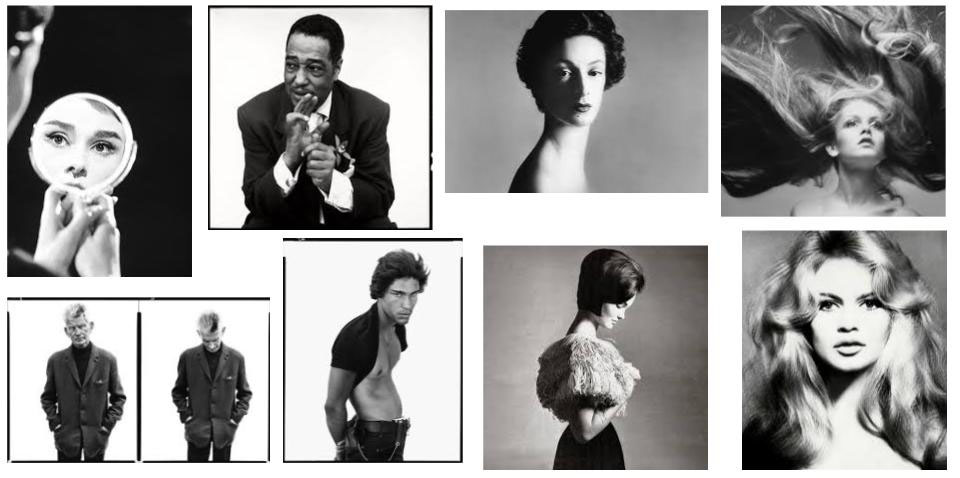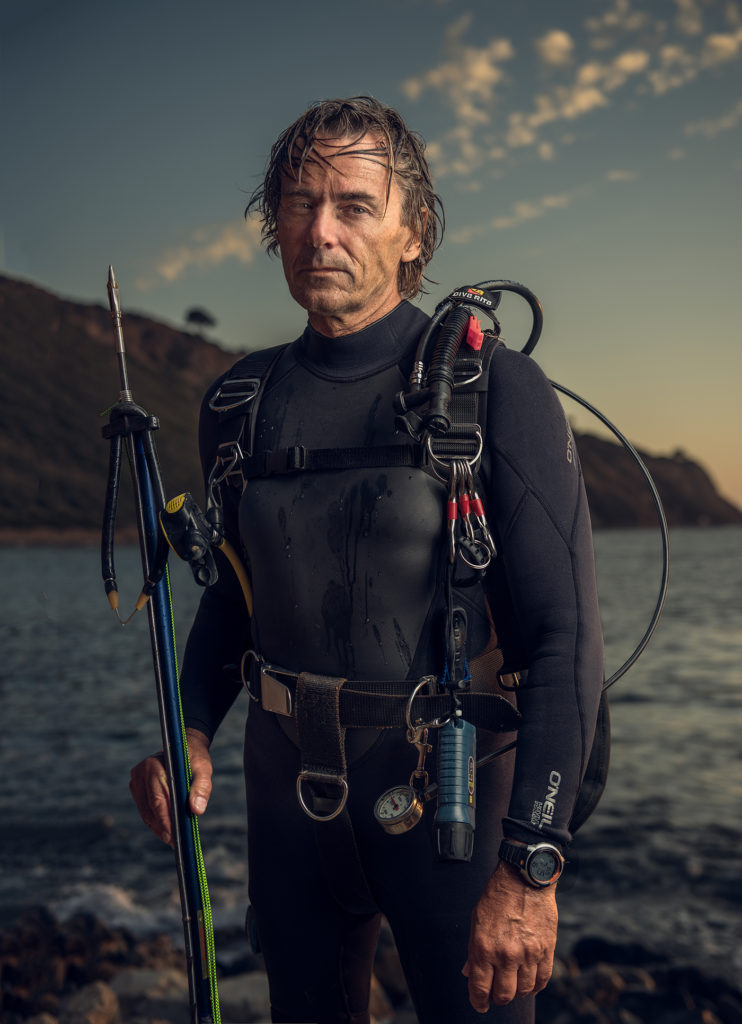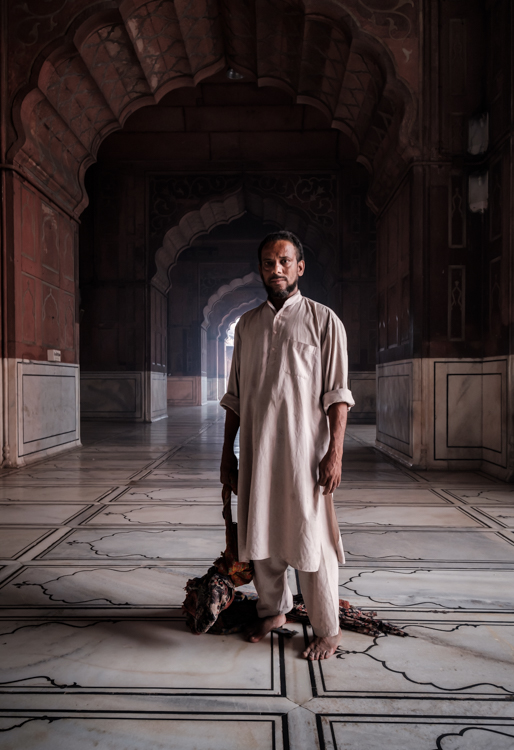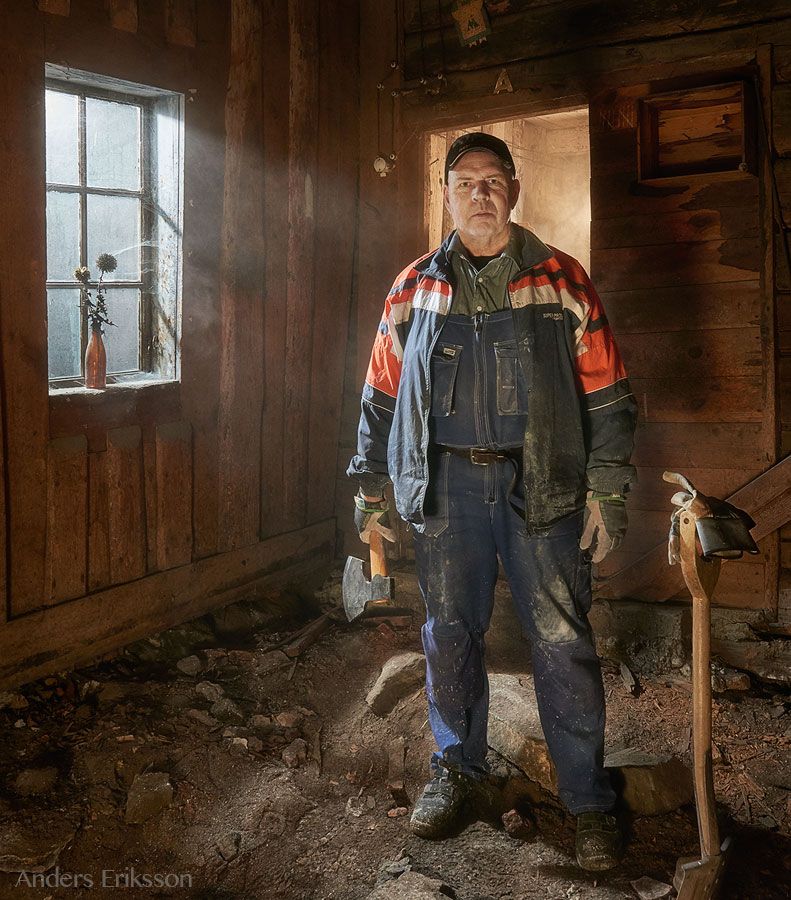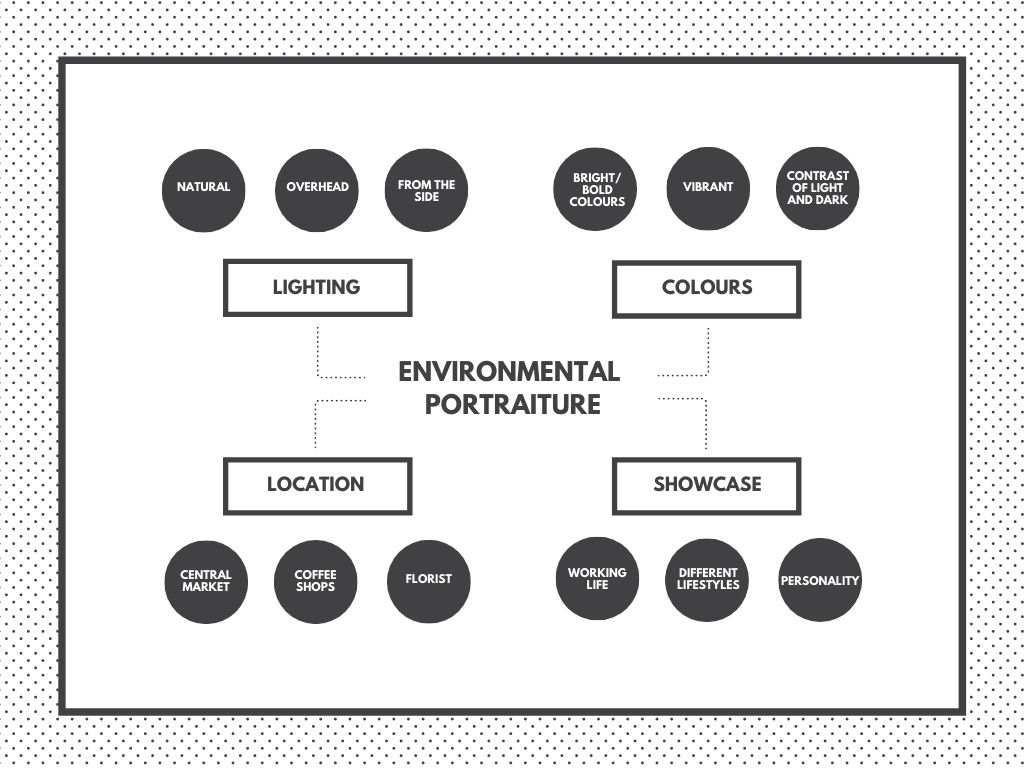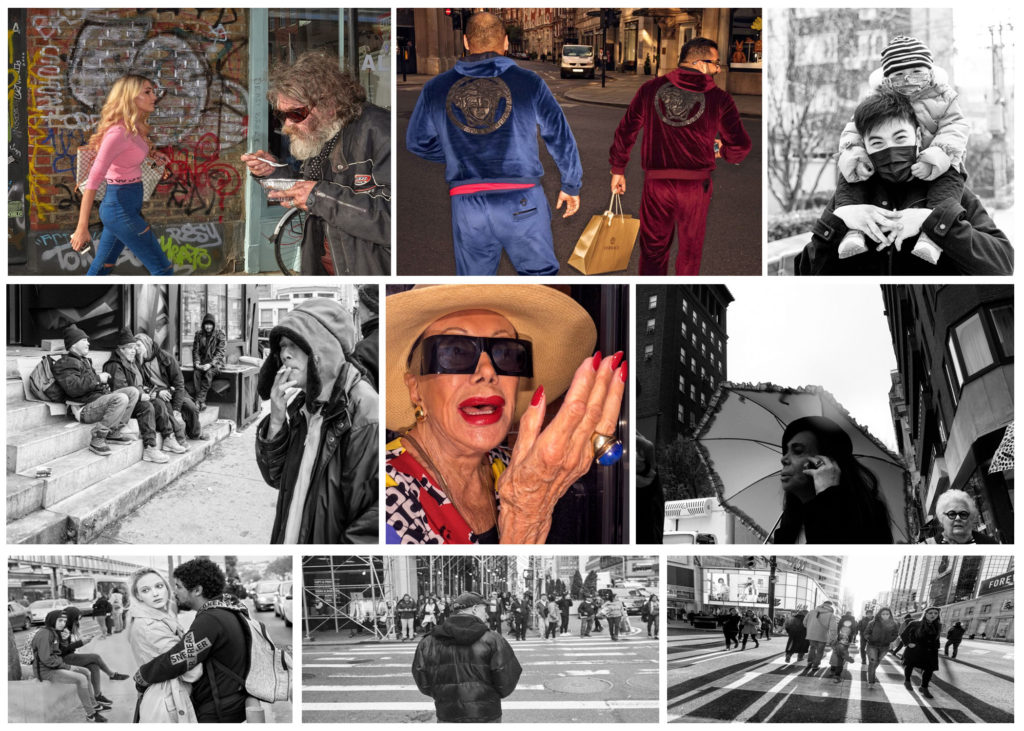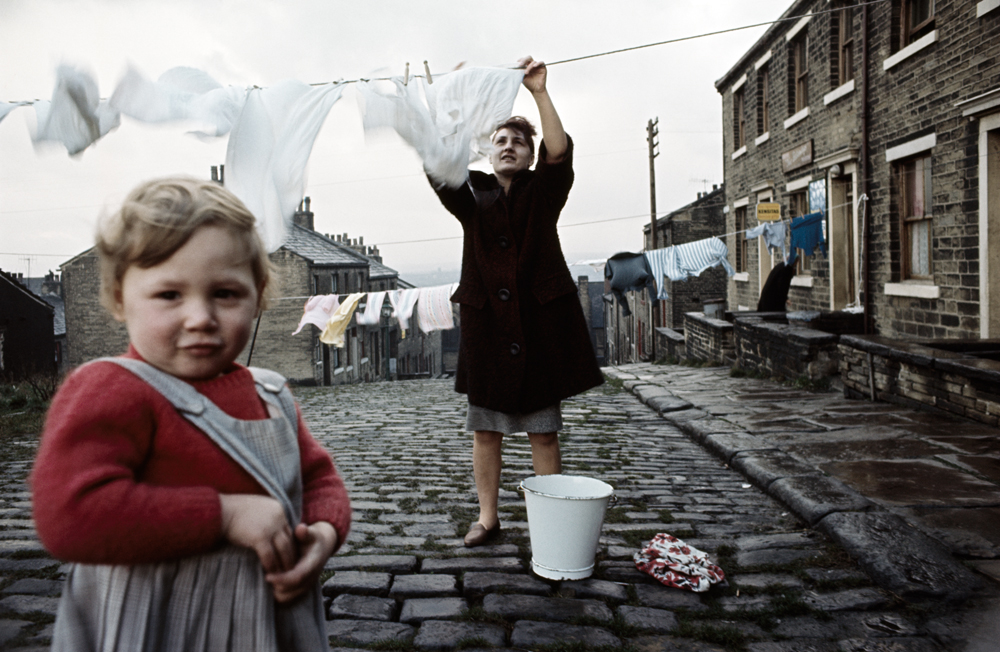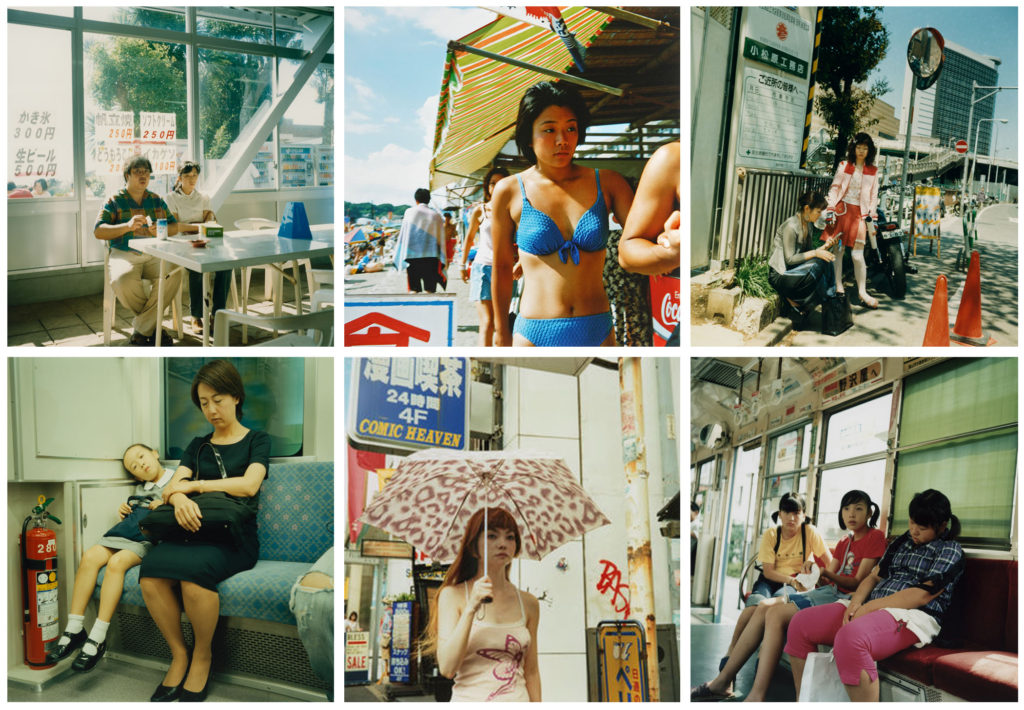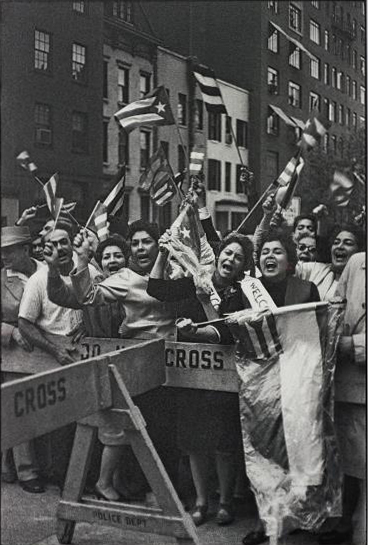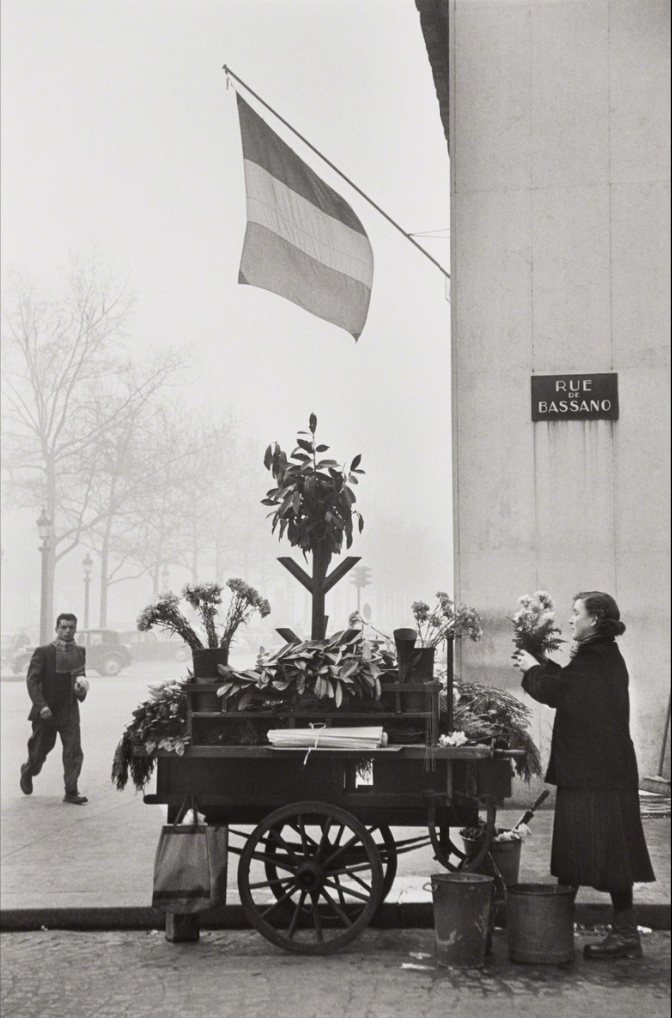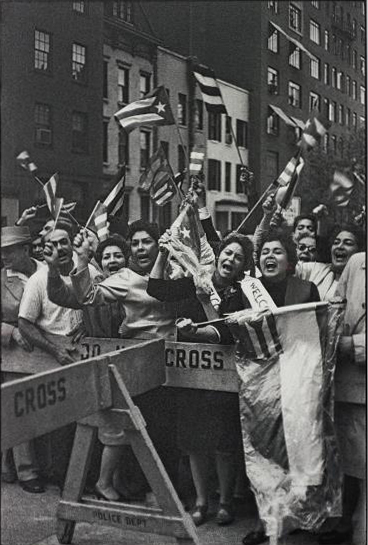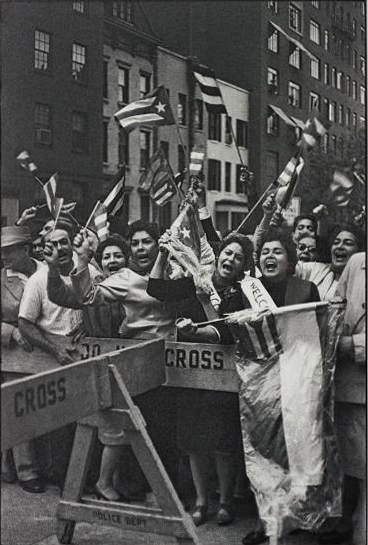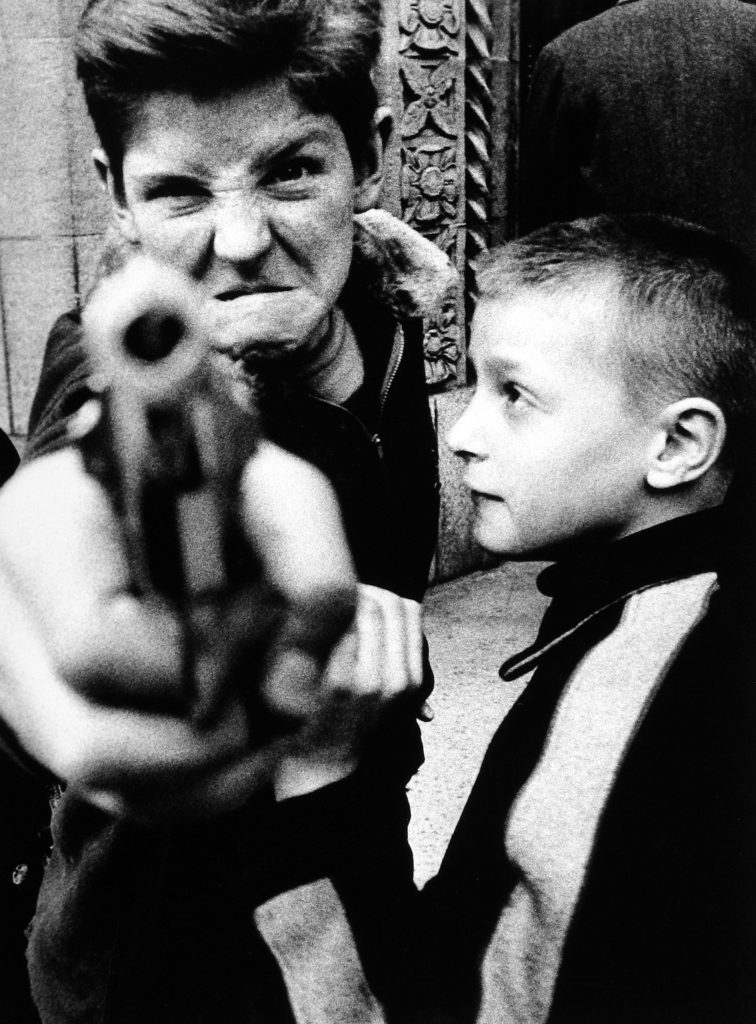Environmental portraits are photos that are taken when a person or a group of people are in a situation. For example where they live, work, or doing anything which relates to the environment around them. Additionally another point in which all environmental photographs must have is the background surrounding them as it must associate with what they are doing at that moment.
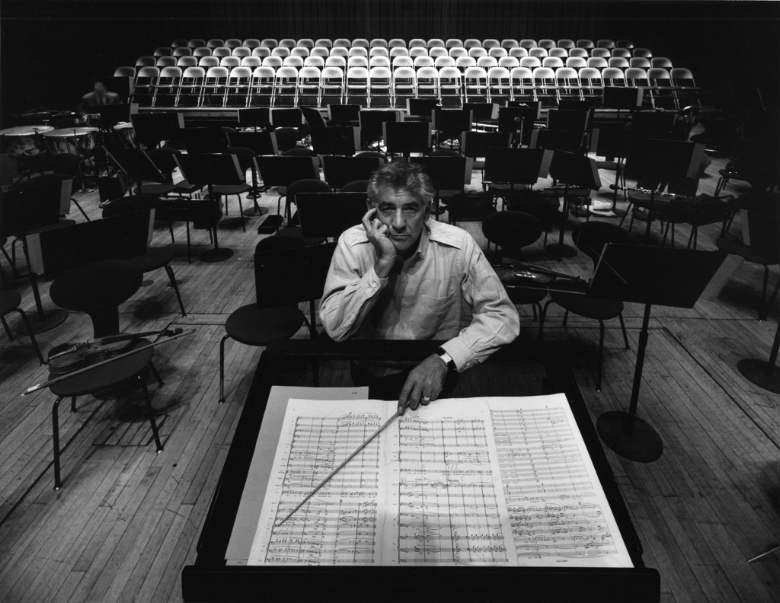
Arnold Newman is an example of a photographer who took environmental portraits. His work was mainly in black and white which allows contrast in the photos as well as a different visual aspects. One visual feature which Arnold Newman was successful with was the strong engagement with the camera and person in the pictures eyes as well as the neutral facial expression which was shown.
The environment of this photograph looks like its taken in a theatre due to the seats at the back, it also seems that the man in the center of the photograph is an orchestra conductor as he is using a stick to point to what look like music notes. Additionally I also feel that the overall tone in this photograph has very sharp and harsh contrasts, however you can also see the artificial lighting coming from above the seats at the back.
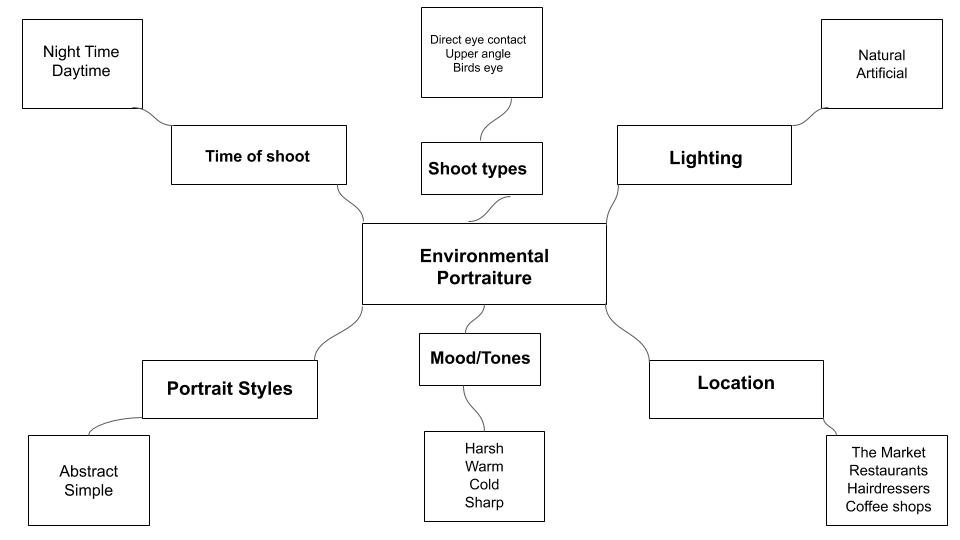
PHOTO PLANNING:
Who – I’m going to take photos of people working in their work environment.
What– I’m going to take photos of people looking directory into the camera lens as well as the objects to do with their profession around them.
When– I am going to conduct the shoot over the next week going into several different places.
Where– I am going to take my photographs in the central market, coffee shops, restaurants, hairdressers and the fish market.
Why– I’m taking these photos to show different concepts of peoples work environment as well as getting good quality environmental portraits.
How– I’m going to take these photos in natural lighting and make sure that the person in which I am photographing is engaged with camera.
MY PHOTOS:
MY BEST PHOTOS:
I personally feel that these are my best photos due to the direct eye contact with the camera which adds contrast to these. As well as you can clearly see what’s going on in the background which adds significant detail to the photograph. Technically these photos were taken in a studio using harsh lighting which added depth. There is a lot of contrast between the black shades as well as the white shades in the photograph which adds detail. Visually I feel that these photos work better in black and white as the colour may have an impact on the smaller details of the photo. This therefore means that the photo has harsher tones.The composition of the bottom two photos are more plain as I used a white background so that the focus would be only on the musicien himself, whereas in the top photo I wanted a busy background to show there busy working environment which surrounds them.
Overall I feel that these photos work well as it clearly reflects the environment which they are in which adds more of an understanding and meaning to the photos themselves.







